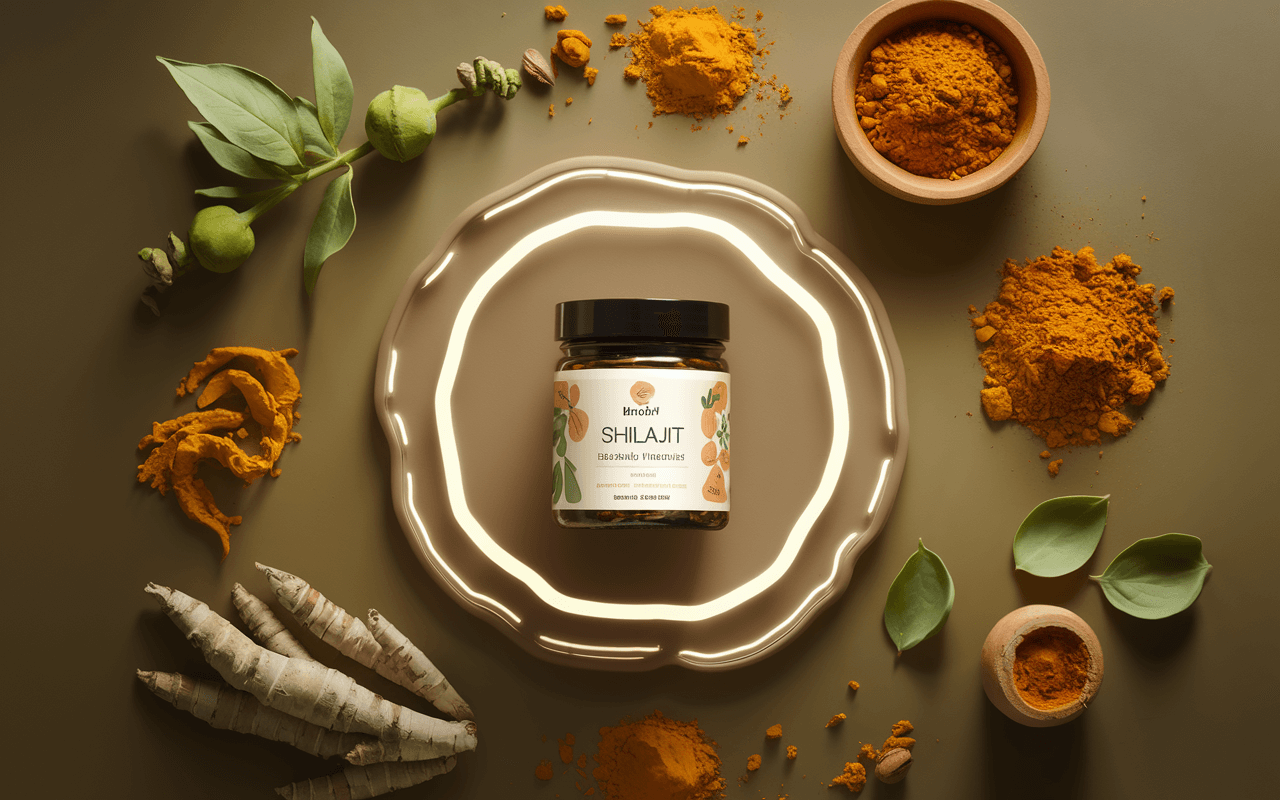
How Much Shilajit Per Day: Recommended Dosages and Benefits
Incorporating Shilajit into your daily wellness regimen can offer profound health benefits, from boosting energy to supporting cellular rejuvenation. The optimal daily dosage typically ranges between 300–500 mg, though specific goals like enhanced cognitive function or athletic performance may require adjustments.
When determining your ideal intake, consider factors like age, health status, and activity level. Many users start with 300 mg daily and gradually increase based on their body’s response. For synergistic effects, pair Shilajit with adaptogens like ashwagandha or turmeric, which can amplify its revitalizing properties.
Always prioritize high-quality, purified Shilajit resin or capsules to ensure safety and efficacy. Let’s explore its origins, benefits, and how to harness its full potential.
Understanding Shilajit and Its Origins

A close-up of raw Shilajit resin glistening against a backdrop of the Himalayan mountains, under a crisp, sunlit sky
Shilajit, often called the "Destroyer of Weakness," is a mineral-rich resin formed over centuries from decomposed plant matter in Himalayan rock crevices. Revered in Ayurveda for millennia, its name translates to "conqueror of mountains," symbolizing its potent healing properties.
Historical Significance in Ayurvedic Medicine
Shilajit has been a cornerstone of Ayurvedic practice for over 3,000 years, prized for its ability to restore vitality and balance the body’s systems. Ancient texts describe it as a rasayana (rejuvenator), used to enhance longevity, strength, and mental clarity. Traditionally, it was administered in formulations with herbs like guduchi or amla to treat fatigue, inflammation, and age-related decline.
Its discovery is steeped in legend—herders observed animals consuming the resin from mountain rocks and noted their remarkable vigor, leading humans to harness its benefits.
Shilajit as a Nutrient-Dense Adaptogen

Shilajit is a powerhouse of fulvic acid, humic acid, and over 84 trace minerals, including iron, magnesium, and zinc. These compounds work synergistically to:
Enhance nutrient absorption at the cellular level.
Act as an adaptogen, helping the body combat physical and mental stressors.
Support mitochondrial function, boosting energy production.
Modern supplements often combine Shilajit with herbs like ashwagandha to amplify stress resilience. For most, a daily dose of 300–500 mg is effective, though athletes or those with high oxidative stress may benefit from up to 1,000 mg.
Health Benefits of Shilajit
An aerial view of the Himalayan peaks, with raw Shilajit resin foregrounded in golden sunlight
Shilajit’s unique composition offers multifaceted benefits, making it a versatile addition to holistic health practices.
Energy and Stamina Enhancement

Shilajit is renowned for combating fatigue and improving physical performance. By enhancing ATP production in mitochondria, it fuels cellular energy, making it popular among athletes. Studies show that 500 mg daily can increase endurance, reduce recovery time, and elevate oxygen utilization during exercise.
Its iron and fulvic acid content also supports healthy hemoglobin levels, combating anemia-related fatigue.
Anti-Aging and Cellular Repair

Rich in antioxidants, Shilajit neutralizes free radicals and slows oxidative damage linked to aging. Fulvic acid promotes collagen synthesis and DNA repair, improving skin elasticity and reducing wrinkles. Regular use may also support brain health by reducing amyloid plaque buildup associated with cognitive decline.
For anti-aging benefits, a 400 mg daily dose paired with antioxidants like vitamin C is ideal.
Cognitive Function and Mental Clarity
Shilajit enhances cognitive performance by improving neurotransmitter function and reducing brain inflammation. Research indicates it may boost memory, focus, and mood regulation. A 300 mg dose taken with Brahmi or lion’s mane mushroom can optimize mental acuity.
Anti-Inflammatory and Joint Health

Chronic inflammation underpins conditions like arthritis, and Shilajit’s fulvic acid exerts potent anti-inflammatory effects. It inhibits pro-inflammatory cytokines and may alleviate joint pain and stiffness. For joint support, combine 400 mg Shilajit with turmeric to enhance bioavailability.
Final Considerations
Start with a lower dose (200–300 mg) to assess tolerance, then adjust based on your needs. Consult a healthcare provider if pregnant, nursing, or on medications. Opt for lab-tested, toxin-free Shilajit to avoid contaminants.
By integrating Shilajit into your routine, you tap into an ancient remedy that bridges traditional wisdom and modern science—empowering your journey toward vitality and longevity.
Always prioritize quality and consult a professional to personalize your Shilajit regimen.








